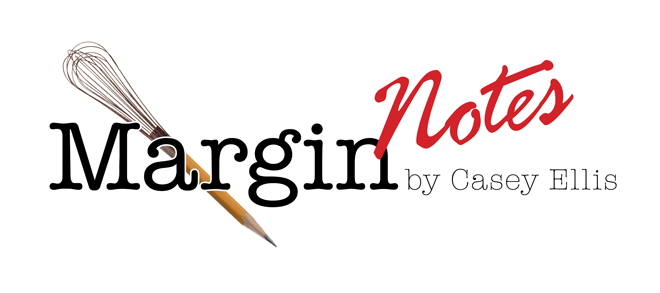Souffle Tuesday is not dead -- just taking a long winter's nap. One of these weeks I'm going to test and post a true souffle recipe again, but a few nights ago I was feeling too lazy to whisk and fold egg whites and so trotted out this dependable old war horse from my stable of favorite recipes. It was so good I made a half-size version for lunch today.
The original recipe comes from Helen McCullough's excellent "The Low-Carb Cookbook." My copy is on loan to a friend, so I fixed this from memory and if it wasn't exactly as written in the book, it worked out just fine.
The basic procedure involves buttering a shallow baking dish and then coating the buttered surface with ground Parmesan. Beat 6 whole eggs until yolks and whites combine, stir in 1 cup of heavy cream and a cup of grated cheese. Season with salt and pepper--perhaps a bit of grated nutmeg, if you like. Pour the mixture into the prepared dish and bake in a 375-degree oven until puffed and well-browned. Serve at once for the full visual effect, but it tastes just fine after the fall. In fact, I love it cold and fully deflated the next day.
Most often I make this using a fairly sharp aged Cheddar, although the little luncheon one in the top picture (a half-portion of the recipe) had Feta cheese with a good dash of za'atar and the larger, lazy-night dinner version -- based on my unwillingness to go out in the rain to the store -- relied on a mixture of grated Gruyere eeked out to a full cup with a couple tablespoons of Parmesan.
This sturdy little cross between a proper souffle and a crustless quiche can incorporate up to a half-cup of cooked bacon, sauteed pancetta cubes, minced ham, etc. I've successfully tossed in chopped cooked spinach, sliced mild chiles, sauteed mushrooms, leftover cubes of cooked eggplant--you get the idea -- but I've come to feel its simpest form is best: a warm amalgam of eggs, cream and cheese that looks and tastes like far more than the sum of its parts.
